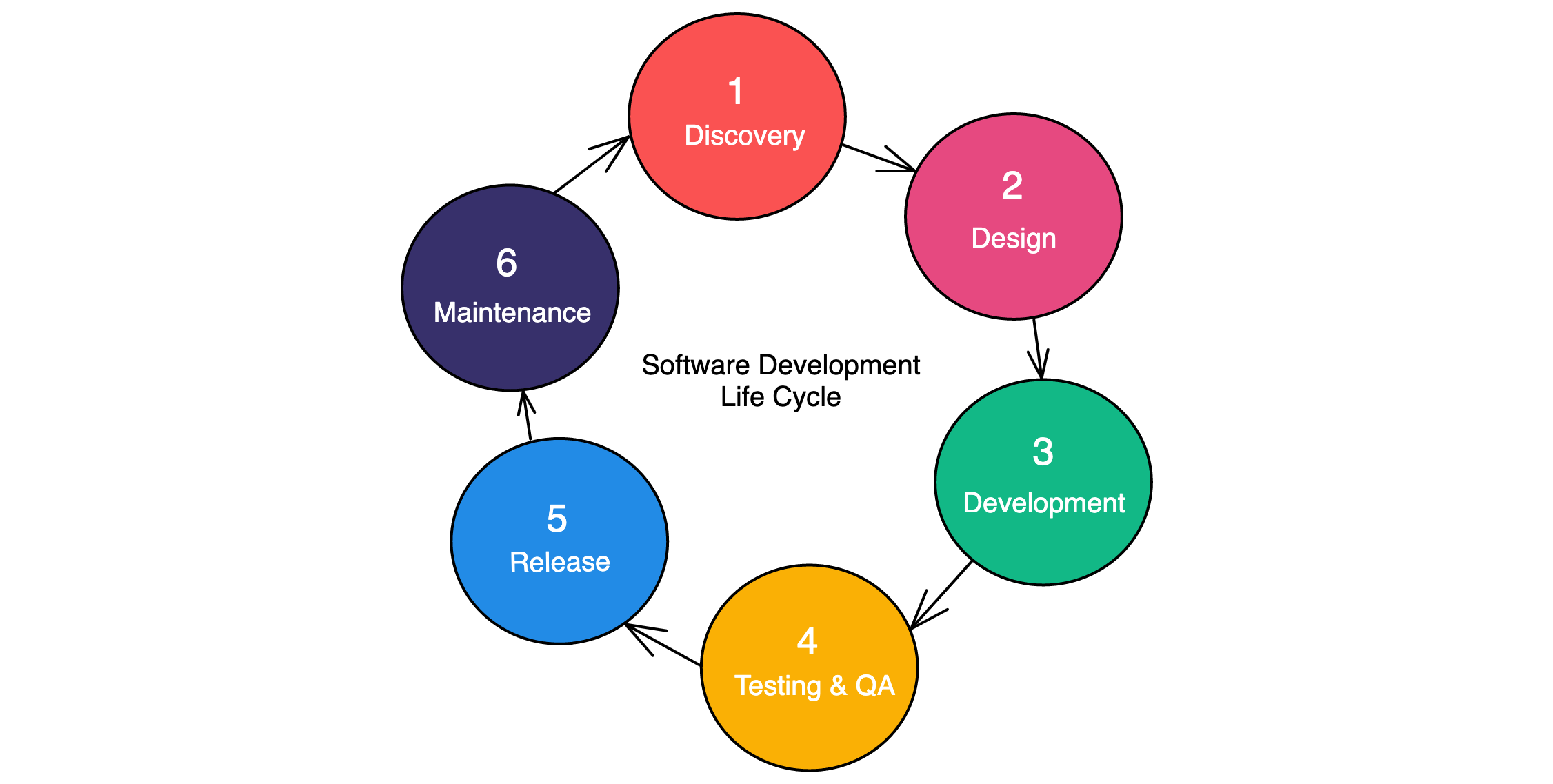Check Out Cutting-Edge Possibilities with Our Innovative Software Development Providers
Wiki Article
Unlocking Development Prospective: Unmatched Software Application Growth Techniques
With the development of unprecedented software application development methods, organizations now have accessibility to powerful tools and methodologies that can reinvent their strategy to development. By taking on these techniques, organizations can streamline their advancement processes, make certain software program high quality, bridge the void between advancement and procedures, and boost client complete satisfaction. Via an in-depth exploration of these methods, this write-up intends to offer beneficial understandings for unlocking development capacity in the world of software advancement.Agile Methodologies and Their Effect
Active approaches have had an extensive impact on software application growth methods. With their emphasis on adaptability, collaboration, and iterative advancement, Agile approaches have transformed the means software program is developed, developed, and supplied.One of the vital advantages of Agile methodologies is the capacity to respond promptly to changing needs and client responses. By breaking down intricate jobs into smaller, workable tasks called sprints, Agile enables growth teams to provide working software incrementally. This iterative method allows frequent testing, examination, and modification, resulting in greater quality software program and reduced time-to-market.

In addition, Dexterous methodologies prioritize customer fulfillment by involving stakeholders throughout the advancement process - Innovative Software Development. By getting regular comments and integrating it into the growth cycle, Agile ensures that the resulting software meets the evolving needs and expectations of the end-users
Continuous Integration: Streamlining Development Procedures

CI works by immediately constructing and checking the incorporated code, making sure that it meets the high quality standards set by the team (Innovative Software Development). By continually integrating code adjustments, developers can determine and deal with bugs or problems in real-time, decreasing the moment and initiative required for troubleshooting later in the development cycle. In addition, CI makes it possible for teams to get prompt responses on the impact of their code adjustments, permitting faster versions and a lot more reliable collaboration
Executing CI requires making use of specialized devices and framework to automate the assimilation and screening processes. These tools can immediately assemble code, run examinations, and create reports, providing teams with useful understandings into the health and stability of their software.
Test-Driven Development: Ensuring Software High Quality
Test-Driven Advancement plays a crucial function in making sure the top quality of software application by directing programmers to create examinations prior to carrying out the matching code changes. This strategy, additionally referred to as TDD, adheres to a stringent cycle of composing a stopping working examination, applying the minimum quantity of code needed to pass the test, and after that refactoring the code to improve its layout and maintainability.By composing tests first, programmers have a clear understanding of what the software application must do before they even start coding. This aids them concentrate on satisfying the desired capability and makes certain that the software application behaves as expected. In addition, TDD supplies a safeguard for programmers when making adjustments or adding new attributes. The tests act as a kind of documentation, making it less complicated to understand the code and identify any type of unintentional effects of modifications.
Furthermore, TDD urges modular and loosely combined code, making it easier to refactor and maintain. It likewise aids catch pests early in the development procedure, decreasing the look these up moment and effort spent on debugging and dealing with concerns later.
Devops: Bridging the Space In Between Development and Workflow
One key element of software development that promotes cooperation and enhances effectiveness is the implementation of Devops methods. Devops, a mix of growth and operations, aims to connect the void in between these two generally different divisions. It concentrates on breaking down silos and developing a culture of partnership and interaction.Devops techniques involve integrating advancement and procedures groups to streamline the software advancement lifecycle. This includes automating processes, such as constant combination and continual deployment, to guarantee faster and much more regular software application launches. By automating repeated jobs, designers can concentrate on technology and supplying worth to customers.
In addition, Devops encourages making use of active methods, such as Scrum or Kanban, to enable incremental and iterative advancement. This enables for faster responses loopholes and faster time-to-market.
In enhancement to cultivating cooperation, Devops likewise highlights the significance of tracking and comments. By carrying out tracking tools and practices, growth and operations teams can identify and address issues in real-time, ensuring the security and performance of the software application.
User-Centered Style: Enhancing Customer Satisfaction
User-centered layout plays a crucial duty in improving client fulfillment by prioritizing their requirements and preferences throughout the software program advancement process. Thinking about the end users' demands and assumptions helps in producing software program that is instinctive, straightforward, and satisfies their certain requirements. By embracing a user-centered style approach, software program advancement groups can make certain that the end product aligns with the customers' goals and gives a delightful and seamless experience.One secret aspect of user-centered layout is conducting thorough individual study. This info is then used to notify the design and advancement choices, guaranteeing that the software program meets the customers' expectations.
This entails collecting and observing comments from customers as they connect with the software. By testing the software with real individuals, programmers can recognize any kind of use concerns, discomfort factors, or locations of renovation.
Conclusion
Finally, making use of nimble methods, constant combination, test-driven growth, DevOps, and user-centered layout have actually reinvented software program advancement methods. These techniques have made it possible for software program teams to streamline advancement processes, ensure software program quality, bridge the void between growth and procedures, and boost client contentment. By embracing these innovative techniques, organizations can open their complete advancement my blog capacity and remain in advance in today's competitive market.By taking on these techniques, companies can enhance their advancement processes, make sure software program high quality, bridge the gap in between development and procedures, and improve client fulfillment.With the shift in the direction of more vibrant Go Here and customer-centric software development techniques, constant integration has actually emerged as a crucial procedure for improving advancement and enhancing partnership within groups.Devops methods entail integrating growth and procedures teams to enhance the software advancement lifecycle.In conclusion, the usage of active methodologies, constant integration, test-driven advancement, DevOps, and user-centered layout have reinvented software advancement strategies. These methods have actually made it possible for software application groups to improve advancement procedures, ensure software application top quality, bridge the gap between advancement and procedures, and enhance customer fulfillment.
Report this wiki page